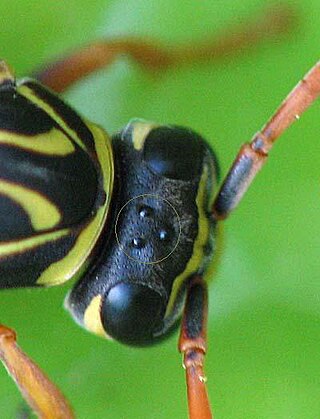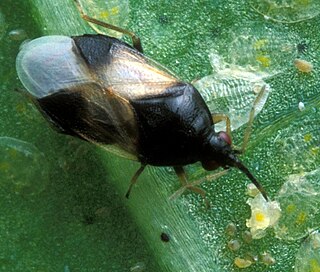This article contains content that is written like an advertisement .(August 2014) |
| Steven R Kutcher | |
|---|---|
| Pseudonym | The Bug Man of Hollywood |
| Born | January 9, 1944 Manhattan, New York, U.S. |
| Medium | Film Television Radio Live appearances Watercolor |
| Genres | Bug wrangling, bug art |
| Notable works and roles | Arachnophobia, Jurassic Park, Spider-Man (2002) |
| Website | http://BugsAreMyBusiness.com http://BugArtBySteven.com |
Steven R. Kutcher (born January 9, 1944) is an American entomologist who has worked for decades as a "wrangler" of insects and other arthropods in the entertainment industry. [1] [2] In doing so, he has gained media attention as "The Bug Man of Hollywood." [3] [4] In recent years, Kutcher has attracted additional notice [5] by using insects as "living brushes" to create "Bug Art," while continuing his work as a naturalist and educator.
Contents
- Background, education, and training
- "The Bug Man of Hollywood"
- Manipulating insect behavior
- "Bug Art"
- Contributions as scientist, naturalist, and educator
- Partial Filmography
- Theatrical films
- TV movies and series[2]
- Music videos[2]
- TV and online commercials[2]
- See also
- References
- External links
- Further reading
- Periodicals
- Journals and books











